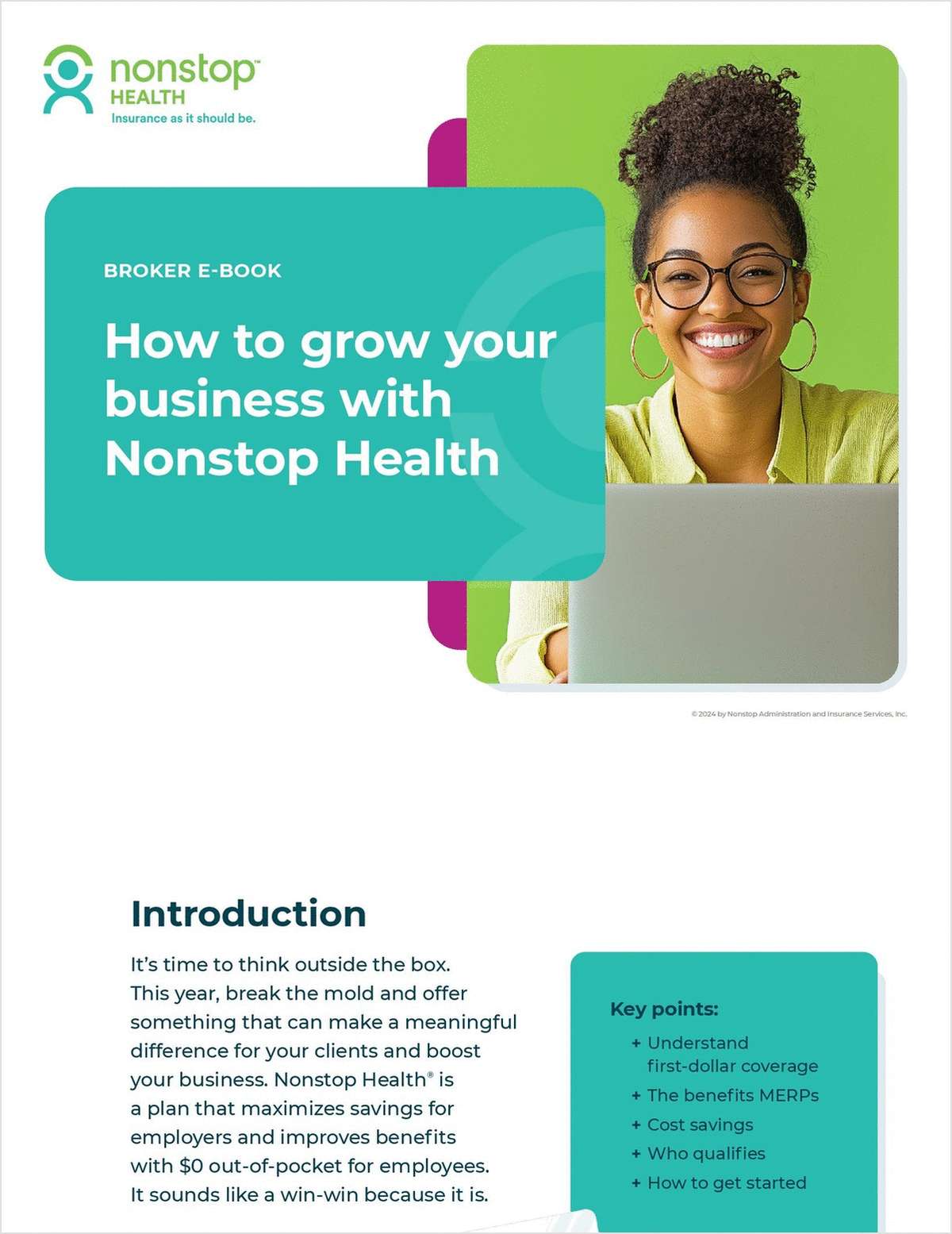Given today's economy, employers have continually looked for ways to control costs, and in many cases, freezing salaries have been part of cost containment strategies. While this may work from a financial standpoint, employee morale typically takes a hit when salary increases are implemented. Thus, employers must look at other nontraditional benefits to motivate the work force, says Scott Thompson, advisor at FirstPerson Benefit Advisors, an employee benefits firm in Indianapolis.
"The marketplace isn't dictating that employers have to look at salary," Thompson says. "Instead, they can look at more nontraditional, lower-cost ways to impact and motivate their employees, which can increase productivity and improve the health of their people."
While health insurance is a highly valued benefit among employees, especially considering the high prices of medical treatments, Thompson is seeing more employers focus on benefits that drive productivity. Too often, employers only focus on helping employees understand their benefits during open enrollment and forget about them the rest of the year, but employees need help more than once a year. The health care system is continuously used by many employees, and sometimes they need help sorting through the complications that arise.
Continue Reading for Free
Register and gain access to:
- Breaking benefits news and analysis, on-site and via our newsletters and custom alerts
- Educational webcasts, white papers, and ebooks from industry thought leaders
- Critical converage of the property casualty insurance and financial advisory markets on our other ALM sites, PropertyCasualty360 and ThinkAdvisor
Already have an account? Sign In Now
© 2024 ALM Global, LLC, All Rights Reserved. Request academic re-use from www.copyright.com. All other uses, submit a request to [email protected]. For more information visit Asset & Logo Licensing.








